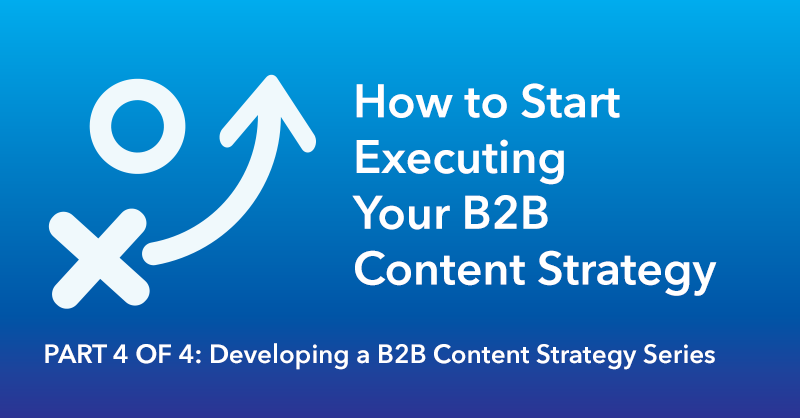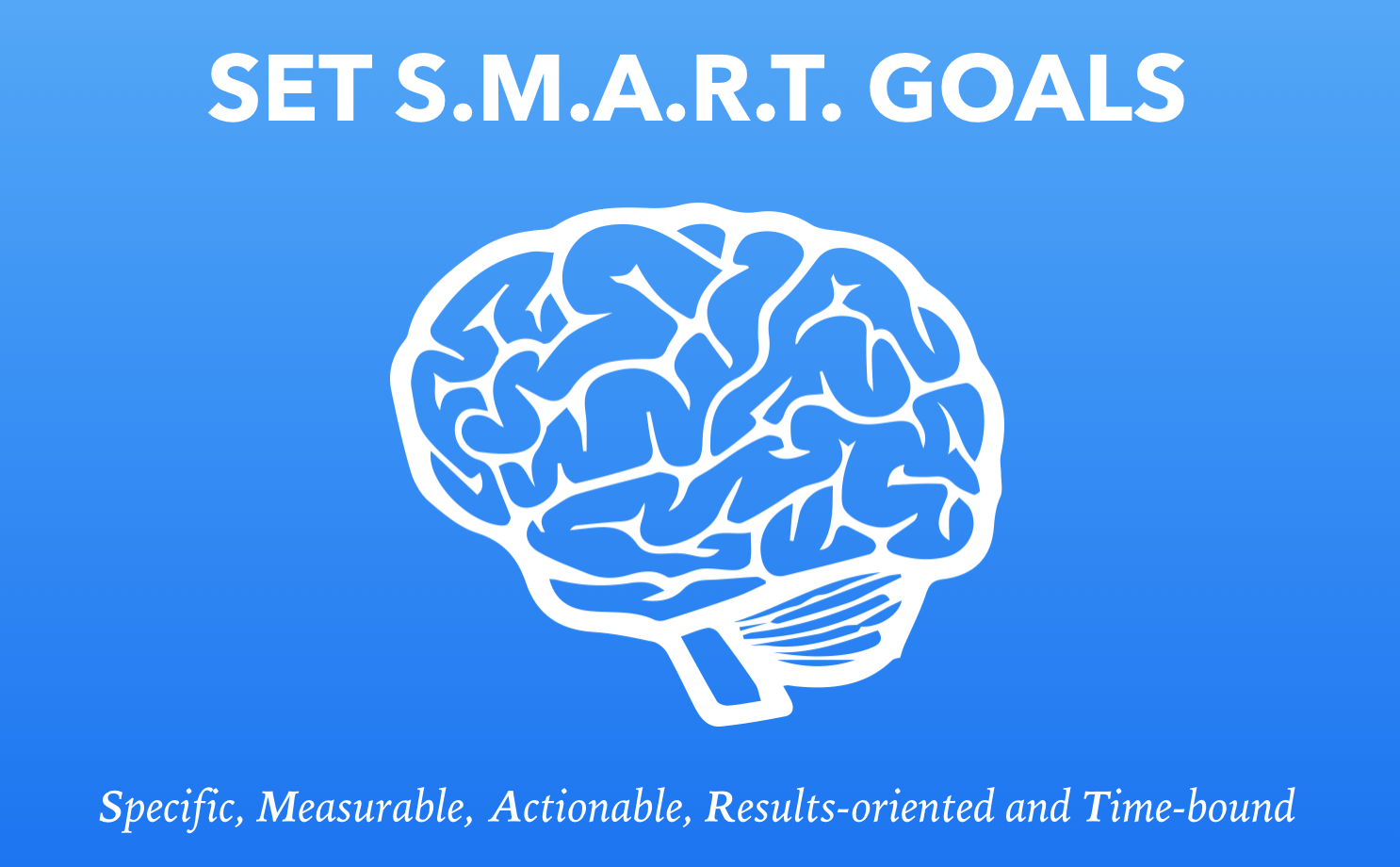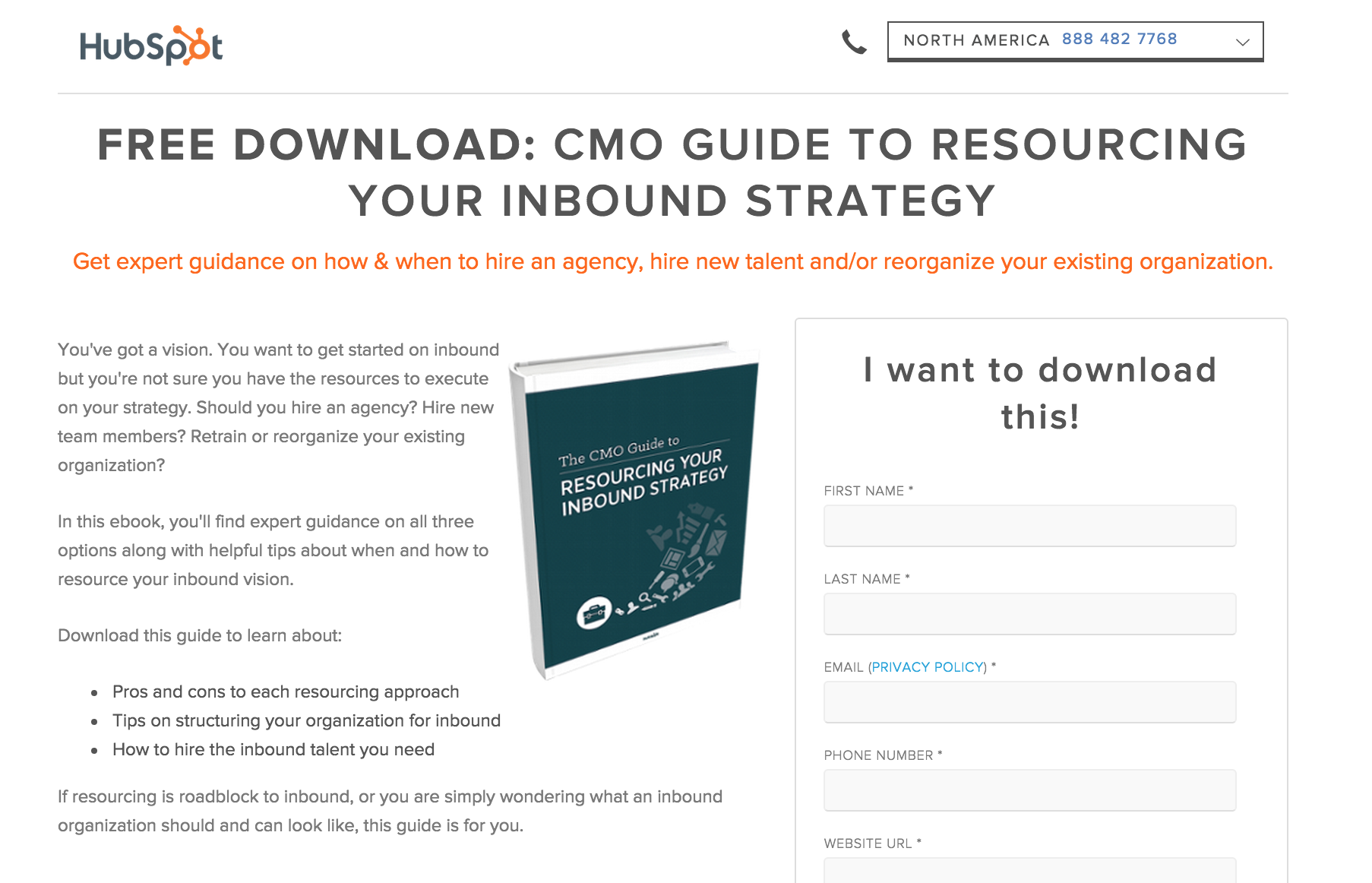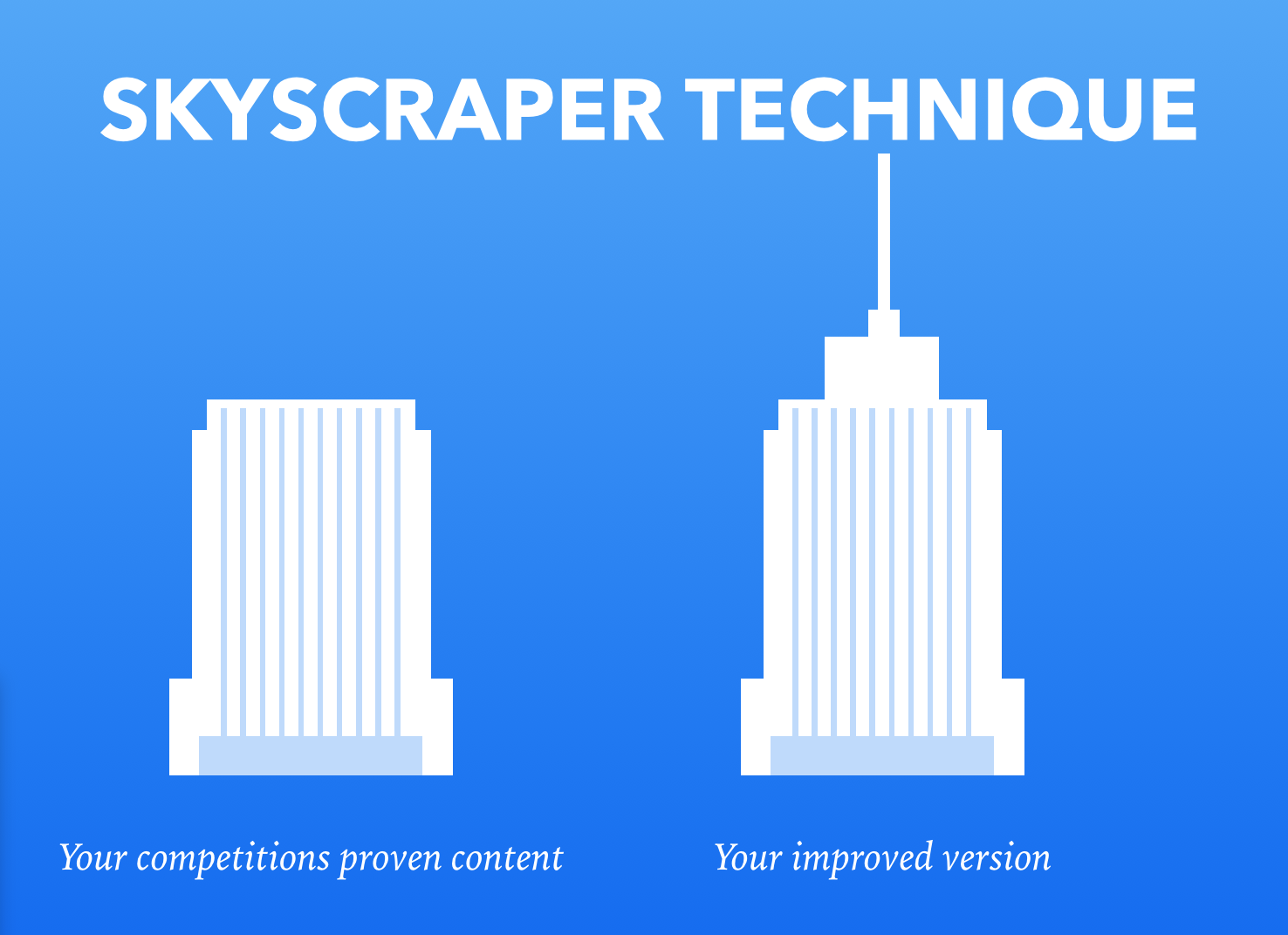
Now that you’ve got upper management to buy in, defined your company’s key messaging and goals, and identified your areas of focus, it is time to actually create and execute a content plan in a sustainable way.
This article will provide an overview about how to set goals for your content and then use these goals to generate ideas for the content itself. In addition, you will learn how to create a content calendar and how to develop a content marketing rhythm that will incorporate insights and techniques gained from the previous articles in this series.
Enjoy the Slideshare version of this article.
Clearly Define Goals
At this point in the series you should have a strong sense of your capabilities and the resources at your disposal as well as your content mix. Once this is clear, you can start mapping out your objectives.
Understanding exactly what goals you are aiming for with your content is crucial for transitioning from theory to practice and having strong, clear and realistic goals will make or break your efforts moving forward.

Not only should you have goals in mind, but these goals should be tailor-made to direct your content and your business in an optimal direction.
A great guide to creating efficient objectives is something called the S.M.A.R.T. framework. This framework states that all of your goals should be:
S) Specific
M) Measurable
A) Actionable
R) Results-Focused
T) Time-bound
Following this simple framework will ensure that the goals you set will lead to a sound and effective final plan.
As I’ve written extensively before, one of the key elements of blogging success is using data to inform your initial efforts and being results-driven with your approach.
Having goals that fit the S.M.A.R.T. criteria will ensure that they fit seamlessly into a data-driven strategy.
Map Goals to Content
After outlining your goals, it is now necessary to build out your content with achieving these goals in mind.
If you’ve followed the steps prescribed in the previous articles, you’ll already have a good idea of your content type, channel and what kind of volume your resources will allow.
The final piece of this puzzle is to strategically map out specific pieces of content (or blocks of content) so as to maximize their effectiveness when it comes to achieving your goals.
For example, if your goal is lead generation and your industry is a rather technical field, then an in-depth white-paper or ebook that requires an email address to download is a piece of content that maps out well to your goal. This is precisely how brands like HubSpot have built and impressive name for themselves.

Generate Specific Ideas for Clickable Content
Once you have mapped out roughly what types of content you need to achieve your business goals (and the context in which it will be displayed), the next step will be to come up with the actual ideas that will fill in these strategic allotments.
Coming up with ideas for content is a challenge for many marketers, but if you have read the previous installments in this series you have a leg-up.
In the first article in the series, you argued the case for content marketing and one of the components of your argument was how well other companies in your industry were doing using content marketing.
Paying close attention to your competition and specifically noticing what type of content is working well for them can be a big help for content ideation. In addition, if you are observing carefully, you’ll likely begin to notice that there is content they produce that fits into the content-type you would like to pursue.
Once you find pieces of content like this, you can employ a brilliant strategy devised by Backlinko CEO, Brian Dean called the Skyscraper Technique to create content that is almost guaranteed to do well.
The logic behind the Skyscraper Technique is pretty simple. If you see that piece of content has done well you can replicate its success by simply doing it slightly better than the competition.

The Skyscraper Technique can work even better if you are replicating types of content that you have already identified as being in line with your broader business goals.
Another valuable technique for content generation is to put the customer empathy map you created for article two to use to identify areas of interest or possible pain points for your target audience.
This way your business can create content to best match the various interests and challenges your audience has, while making sure you’re not producing content that’s too far removed from your product or service offerings.
Build Out an Editorial Calendar
Once you have a specific idea of what your goal-oriented content will look like, the next key step is to plan it out in a way that is strategically sound and also feasible.
You certainly want to be ambitious with planning, but temper your optimism with realism. Setting deadlines you’ll actually hit is probably more important than any other factor when it comes to creating a content calendar.
Holding yourself and/or your team accountable for hitting deadlines is the best way to keep morale high (especially during the “slog” phase I highlight in the second article) and if your deadlines are too tight it will be much harder to build momentum.
Another key consideration for an editorial calendar is to make sure everyone is on the same page and aware of what is next on the agenda. Even a simple, yet open tool like Google Docs can be helpful way for the entire team to collaborate on your when and where content will be published.
I have actually written an entire piece about how to construct and manage an editorial calendar, and accompanied it with a template I created for the kind of Google Docs based calendar I think is ideal for many types of businesses.
Consistency is Key
The crucial role of both S.M.A.R.T. goals and an open editorial calendar is to ensure that you actually stick to a consistent schedule when it comes to executing your content strategy.
I’ve written extensively on how to build content marketing rhythm and stick to it.
It’s hard to overstate just how important this is. Consistency or the lack of, can make or break your content marketing efforts on behalf of your business. Choose a frequency of publishing and stick with it to start to build a cadence and expectations with your audience.
With that being said, combining consistency with the insights and planning I’ve laid out here will lead to content marketing that works spectacularly.
Consistency is especially important in the B2B environment where staying current and up to date with your industry is crucial.
Budget Time/Resources For Distribution
No matter how relevant your content is and how consistently you produce it, word won’t get out unless you put a proportional amount of effort into promoting that content.
In a recent podcast, I argue that for brands starting out with a content strategy, the split between content creation and distribution should be 60/40 and then as you build a name for yourself, it should level out to an even 50/50 split.
Although this is really a series on developing a content marketing strategy, and distribution is a whole separate topic, it is important to note that content can never achieve its full potential if the content exists in a vacuum.
When budgeting resources and allocating your time, make sure to account for the additional resources needed to push your content out across various channels.
Putting it All Together
In this series we’ve gone from not even having buy-in from key stakeholders to having a full-fledged, actionable content strategy.
One final parting note is that I have kept my advice purposefully general because the crucial element I cannot provide for you is the content itself.
If you have clearly defined your brand’s message, your audience’s expectations and your own abilities and resources you will likely be well on your way to creating effective content.
Planning and outlining exactly how this content will fit into a broader plan and then sticking to a realistic timeline for producing this content will go a long way towards making sure your content achieves your business goals.
The last bit of advice I’d like to leave you with is that developing a B2B content strategy is not something that can be done in a day or even a week. Feel free to use this entire series as a reference to aid in your efforts, but realize that a content strategy is an always evolving document that needs to be revisited on a regular basis after you’ve put together the first version of it.
As you’ve seen from this series, a robust content strategy will have many components and moving parts and will likely be a resource that you constantly build on and add to over time.
My aim here is to provide you with the tools to not just build a static resource, but rather to set you and your organization up with a B2B content strategy that will be a constantly evolving part of your broader business.
This is part 4 of 4 in this series. To learn how to develop a B2B content strategy for your organization, review Part 1, Part 2 and Part 3 as well.


